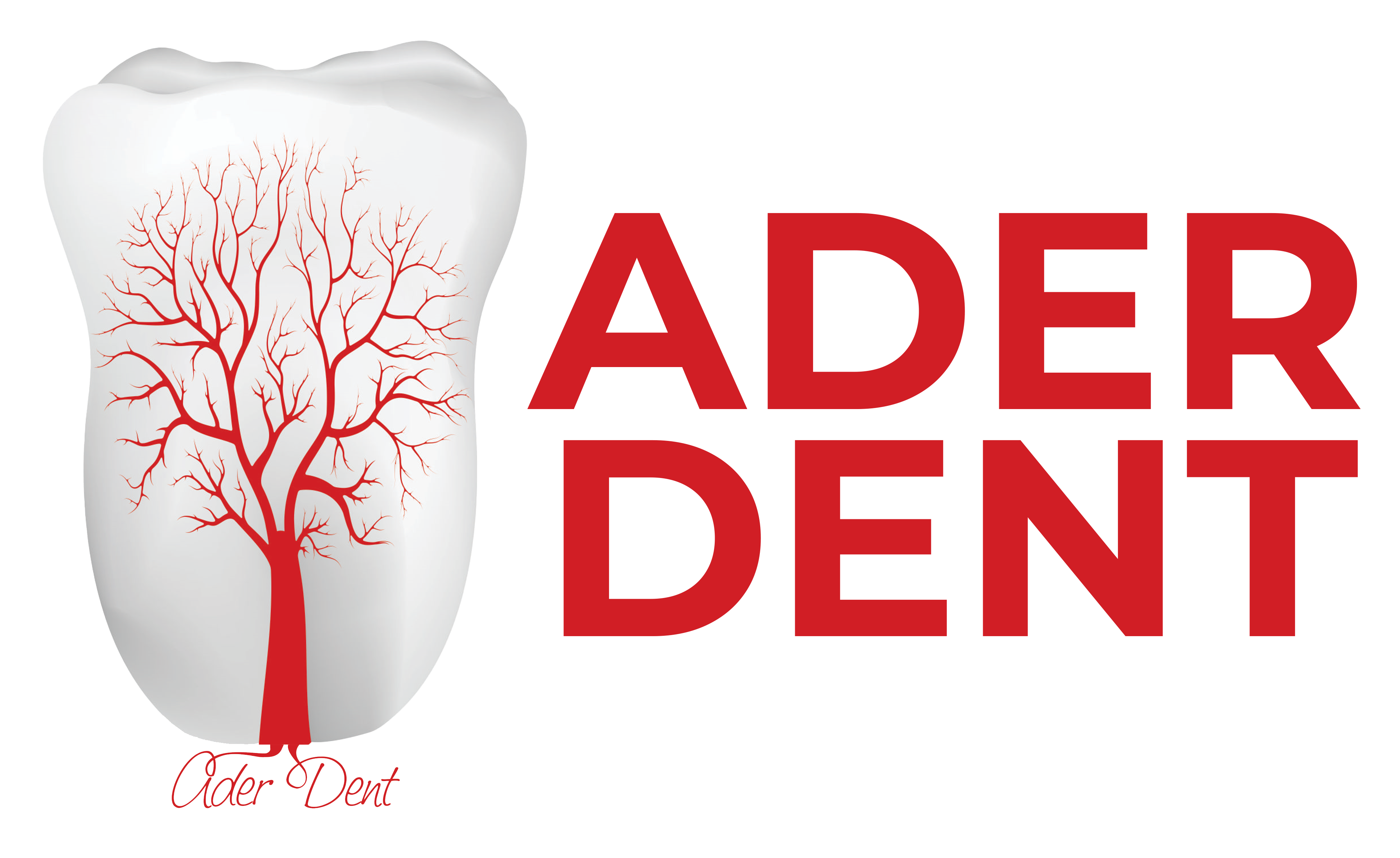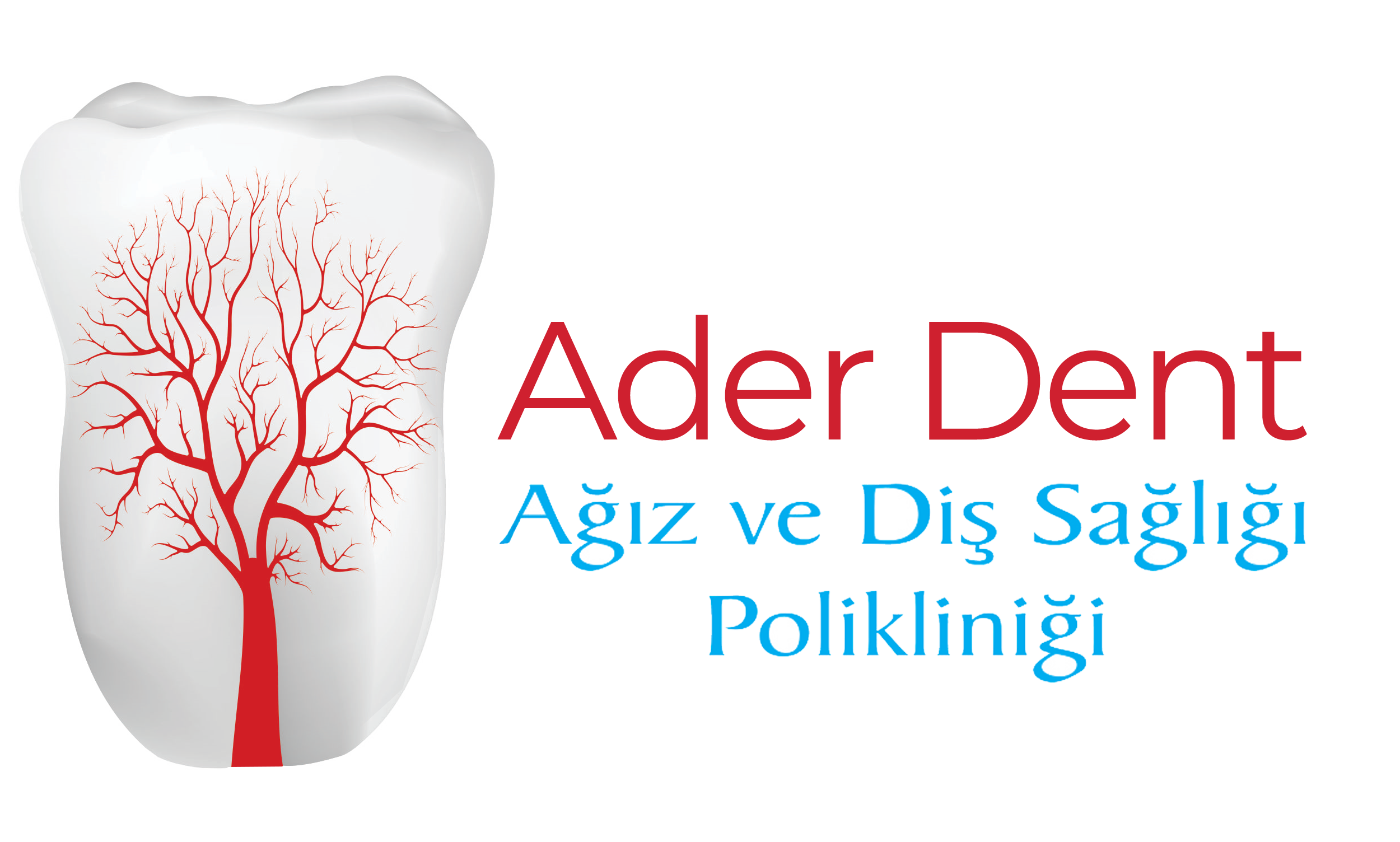The Temporomandibular Joint (TMJ) is a complex structure that enables jaw movements. Disorders affecting this joint can cause symptoms such as jaw pain, headaches, and tinnitus. TMJ disorders require a multidisciplinary approach, and if left untreated, they can significantly impair the patient’s quality of life.
Primary Causes of TMJ Disorders
There are multiple causes of Temporomandibular Joint disorders. The most common include overuse of the jaw joint, displacement of the articular disc, malocclusion (improper bite), stress, and bruxism (teeth grinding). Additionally, traumatic injuries, ligament laxity in the joint, poor posture, and genetic factors may also contribute to the development of TMJ disorders.
Bruxism is directly related to excessive tension in the jaw muscles. This condition imposes additional load on the TMJ, leading to pain. Stress is another major factor, as it causes muscle tension and can trigger TMJ disorders. Malocclusion is among the main causes, and for aesthetic and functional solutions to bite issues, you can read our article on aesthetic dentistry.
Accurate Diagnostic Methods for TMJ Disorders
Accurate diagnosis is the most critical step in treating TMJ disorders. During the clinical examination, the dentist should carefully evaluate the patient's jaw movements, pain points, and symptoms such as clicking or locking in the jaw joint.
Imaging techniques also play a vital role in diagnosis. Magnetic Resonance Imaging (MRI) can show disc displacement or soft tissue damage, while Computed Tomography (CT) is used to detect fractures or degenerative changes in the bone structures.
Panoramic X-rays provide a general assessment of the dental and jaw structure. The combination of these methods helps the clinician accurately identify the source of TMJ problems and enhances the effectiveness of the treatment plan. For accurate diagnosis and treatment, we recommend seeking support from a specializedoral and dental health clinic
The Effects of Bruxism on TMJ and Prevention Methods
Bruxism, the habit of grinding or clenching teeth at night, is one of the most common causes of TMJ disorders. It causes excessive tension in the jaw muscles and continuous pressure on the joint, resulting in pain and functional impairments.
Triggers of bruxism include stress, anxiety, and improper bite alignment. Treatment often involves stress management techniques (e.g., meditation, breathing exercises), improving sleep quality, and using occlusal splints (night guards).
Night guards protect the teeth while helping the jaw muscles relax and reducing the load on the joint. These approaches can minimize the impact of bruxism and prevent the progression of TMJ disorders.
Symptoms of TMJ Disorders
Common symptoms of Temporomandibular Joint disorders include difficulty in jaw movements, limited mouth opening, and clicking sounds. Patients may experience pain in the temples, ears, neck, and back of the head.
Stiffness in the jaw area and tension in the muscles are also frequently observed. In some cases, pain intensifies during jaw movements. TMJ disorders can cause referred pain not only in the jaw but also in the head and neck regions.
Approaches in TMJ Treatment
The treatment of TMJ disorders begins with identifying the underlying cause of symptoms. Proper diagnosis is achieved through clinical examination and appropriate radiographic imaging. Treatment typically involves three main components: pain relief, improving joint function, and reducing muscle tension.
In the initial phase, non-steroidal anti-inflammatory drugs (NSAIDs) and hot/cold compress applications may be recommended for pain management. Occlusal splints or night guards are often preferred to relieve muscle tension caused by bruxism. Botox injections may also be used to relax the jaw muscles and reduce chronic pain effectively.
Atypical Odontalgia: Persistent and Unexplained Tooth Pain
Atypical odontalgia occurs in the premolar and molar teeth of the upper jaw. Patients experience persistent dull, burning, stabbing, or pulsating pain in one or more teeth or even in toothless areas.
The pain may persist for months or even years and can manifest with severe episodes. Most patients have a history of dental treatment, but the pain may continue even after tooth extraction.
Myofascial Pain Dysfunction Syndrome: Jaw and Facial Muscle Pain
Myofascial pain dysfunction syndrome is one of the most common types of temporomandibular disorders and facial pain. It is caused by overuse, improper use, or poor posture of the masticatory muscles. Pain usually radiates to the temples, around the eyes, ears, neck, and shoulders.
Pain increases when pressure is applied to affected muscles, and sometimes jaw movement limitations such as inability to open the mouth fully occur. This syndrome often accompanies bruxism and is heavily triggered by stress.
Additionally, dental structure, bite alignment, trauma, and joint disorders are contributing factors. Due to the referred nature of the pain, patients are sometimes referred to ENT specialists; however, correct diagnosis requires collaboration between dentists and relevant specialists.
Surgical Intervention and Physical Therapy
In more advanced cases of TMJ disorders, physical therapy and surgical intervention may be necessary. If joint damage is severe, arthroscopic surgery or open surgery may be required to improve joint mobility. Treatment options such as joint injections and physical therapy may also be considered for degenerative changes like osteoarthritis.


 TR
TR




